Advertisement
'Now I'm nothing': Zimbabwe floods leave local traders destitute
CHIMANIMANI, Zimbabwe (Thomson Reuters Foundation) - In eastern Zimbabwe's Rusitu Valley, heavy rain brought by Cyclone Idai this month caused flooding that rampaged through dozens of small grocery stores and market stalls.
Their owners have been left with almost nothing after the storm hit Chimanimani and neighbouring districts in mid-March, triggering landslides and rock falls, and bursting riverbanks.
So far, 185 deaths have been recorded in Zimbabwe, with 330 people still missing, and about 270,000 in need of aid, according to the government and the United Nations.
For the past five years, Amos Myambo, 34, sold tinned beans, beef and bread in his small corner shop along the Rusitu River which crosses into Mozambique.
But the building was swept away in a few hours by a torrent of brown water.
“I only know my shop, lounge, kitchen, stock-room was here - perhaps there,” he told the Thomson Reuters Foundation.
“I’m confused - guessing about places we knew like the backs of our hands only a week ago. The force of the flooding, the trauma has ransacked my memory too,” he said.
As the floodwaters rose, Myambo and his wife fled in panic. They now live with their five-month-old daughter in a rotting van on a roadside 50km (31 miles) outside Chipinge town.
All they have is bags of donated clothes, a solar panel and a few groceries they had bought and left in town a week earlier.
“We are humiliated, but we want to run away as far as possible from the pictures of horror,” said Myambo.
‘MAROONED’
Before the storm and the flooding, there was already a dire shortage of basic goods in Zimbabwe due to runaway inflation.
Now flood survivors fear prices will rocket even higher as the water wiped away paths used by smugglers to bring in cheaper food from Mozambique, where about 500 deaths have been recorded.
Small trucks that took fruit grown by local farmers to city markets across Zimbabwe have also been crushed under boulders.
“Those trucks that remained unscathed cannot drive a yard,” said Tonderai Jangwa, 35, who owns a Hino truck that transports fruit hundreds of kilometres away to Harare and Bulawayo.
“As a driver, I can count six vital bridges that have been picked off. We are now marooned from the rest of the country,” he added.
Vehicle owners like him, who have debts to pay, are ruined, he said. Jangwa belongs to the Rusitu Trucking Association, whose member drivers each contribute $2,000 a year to replace vehicles.
“Ten of farmers who hired me to transport their produce have been washed away, or buried, or are missing,” he said.
Many cattle, goats and chickens – a source of protein and means of barter trade in an economy with an enormous shortage of cash - were drowned or caught up in mudslides.
That will hurt unemployed people who depend on home-reared livestock for their income.
“Before the cyclone, we sailed across Rusitu River daily to exchange goats for pigs or sheep with communities on the Mozambique side,” said Gerald Woyo, balancing on a canoe atop the receding river water.
“Now I’m nothing,” he said. His wooden pen containing 15 goats on the riverbank was swept away. “Floated to where, I don’t know.”
ECONOMY IN TATTERS
On the Mozambique side of the Rusitu, at Mhangira where informal traders from the two countries met every weekend to smuggle or exchange live animals, the market is no more.
“It is now part of the expanded riverbanks. There’s mourning across an international border," said Woyo.
Some traders died in the floods on the river that carried bodies from Zimbabwe into Mozambique, he added.
Rusitu has no community bank or savings groups that might have helped people recover their incomes. The nearest formal banks are in Chimanimani town, 50km away.
“Only barter exchange largely existed – of, say, a bag of coffee beans or sweet yams from the Zimbabwe side of the river, exchanged for a live goat or pig,” said Antony Simango of the Rusitu Residents Forum.
Cellphone-based electronic money was the sole form of banking here, he noted.
Even before the disaster, the local economy “was barely hanging” because of its isolation due to a lack of tarmac roads, and poor business conditions across the country.
“Now local food systems, medicine stocks (and) home businesses have been brought to ashes,” Simango said.
STAY OR GO?
The government has offered 1,000 Zimbabwe dollars ($300) to bereaved families to help them bury their lost relatives.
Meeting survivors in Chimanimani on March 20, Zimbabwean President Emmerson Mnangagwa said burials should proceed without delay, and emergency food reserves would be opened to get aid to communities “in the shortest possible time”.
He said his administration would release $50 million for emergency repairs to roads, bridges and other infrastructure, $4 million to rebuild health clinics and $1 million to fix power lines.
"The easing of this deadly cyclone will not mark the end of our troubles,” the president said. “We should brace for complications, outbreak of water-borne diseases and related epidemics.”
Community activists said Chimanimani had been under-developed and ignored by the government in Harare even before the disaster.
Ralph Neseni, an anti-corruption specialist and auditor from the district, said more effort should have been made to save lives.
But Energy Mutodi, Zimbabwe’s deputy minister of information, said on social media that some villagers might have resisted evacuation orders.
“The exercise would have required the police and the army to use minimum force,” he said in a recent Twitter discussion.
By contrast, Clemence Muitire, a cattle owner in Dzingire village, took heed of cyclone warnings broadcast on shortwave foreign radio channels.
He hired a lorry to move his five heifers 30km to higher ground in timber plantations.
“They are saved,” he said. “I look forward to providing calves for other villagers to restart their cattle herd.”
(Reporting by Ray Mwareya; editing by Megan Rowling)

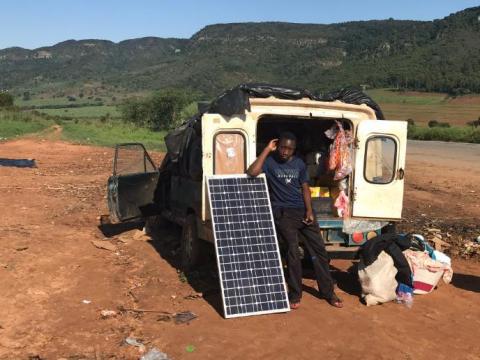
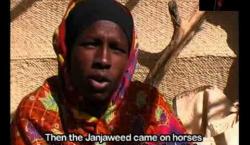
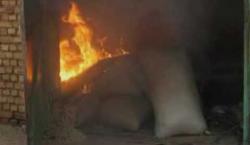
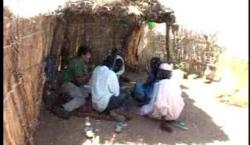

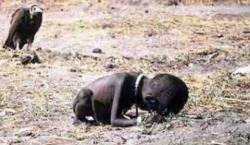
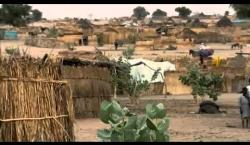
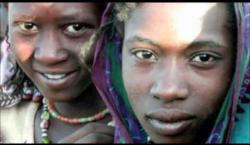


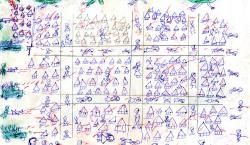





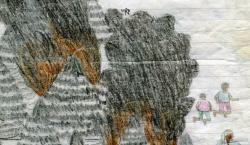
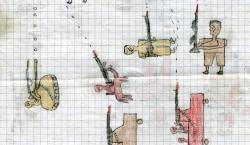
Add new comment